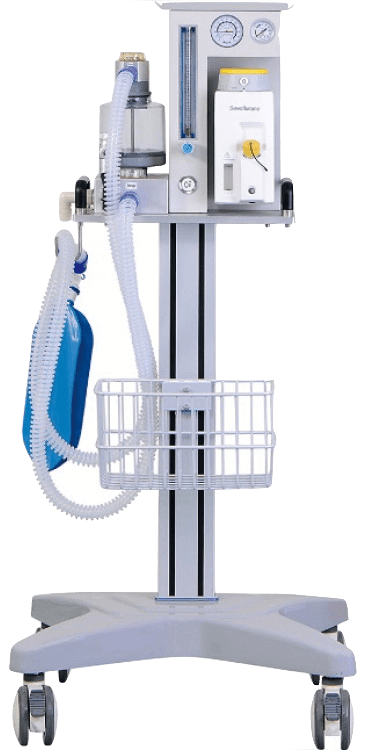Anesthesia is the controlled temporary loss of consciousness or sensation for a medical purpose. Anesthesia is performed to prevent harmful movement and pain during a procedure or a diagnostic. Most healthy pets (young to senior) due well under anesthesia with a less than 1% chance of complications including death. The risk of anesthesia is very rare and should be considered along with the benefits. The alternative sometimes is more life threatening.
Prior to any anesthetic process a consultation is performed. The consultation consists of a physical examination, discussion of procedure, discussion of surgical and anesthetic risks, and diagnostics. Diagnostics like blood work, cardiac assessment, radiographs, and/or Ultrasound. This consultation will lead you to make an informed decision.
Once surgery is scheduled drop off will be between 7:30am and 8:00am. No food should be given to your fur baby after 12:00 midnight. Water is allowed.
Upon arrival paperwork and surgical procedure will be confirmed. Your fur baby will receive pre-anesthetic medication to calm nausea and pain. Then sedatives to reduce stress and an IV catheter will be placed. The IV catheter is only placed during full anesthesia procedures and allows for administration of fluids and medications. An endotracheal tube will be measured then placed for the individual comfort of eat pet. Gas anesthesia is administered via the endotracheal tube. The combination of these drugs allows for a safer and smoother anesthesia process.
While your fur baby is under anesthesia they will be monitored the entire time comparable to human medicine. Blood pressure, oxygenation, temperature, and electrical heart monitoring are constant throughout the procedure. Your pet will have a constant team of three (Doctor, Technician, and Assistant) whom are trained and will treat your fur baby as their own.

Once the procedure is concluded your fur baby will be moved to our recovery ward. Here he or she will be closely monitored and allowed to wake in a quiet, controlled manor. One of our biggest concerns is a low temperature. You will see many blankets and warming apparatus used in the recover. The endotracheal tube will be removed once your fur baby swallows normally. Sometimes pets are dysphoric (confused) from their anesthesia and will vocalize. Vocalization resolves as the anesthesia exits their system.
The recovery, procedure, and medical condition determine the discharge time from the hospital. Some cases require referral for overnight care.
A microchip is a tiny electronic device that is injected into your pet just below the skin. It’s only about as big as a grain of rice, but it stores information, like your contact information, which is delivered via radio waves. When your pet is lost and someone scans him or her with the right type of scanner, they can access the contact information and get your pet back to you.